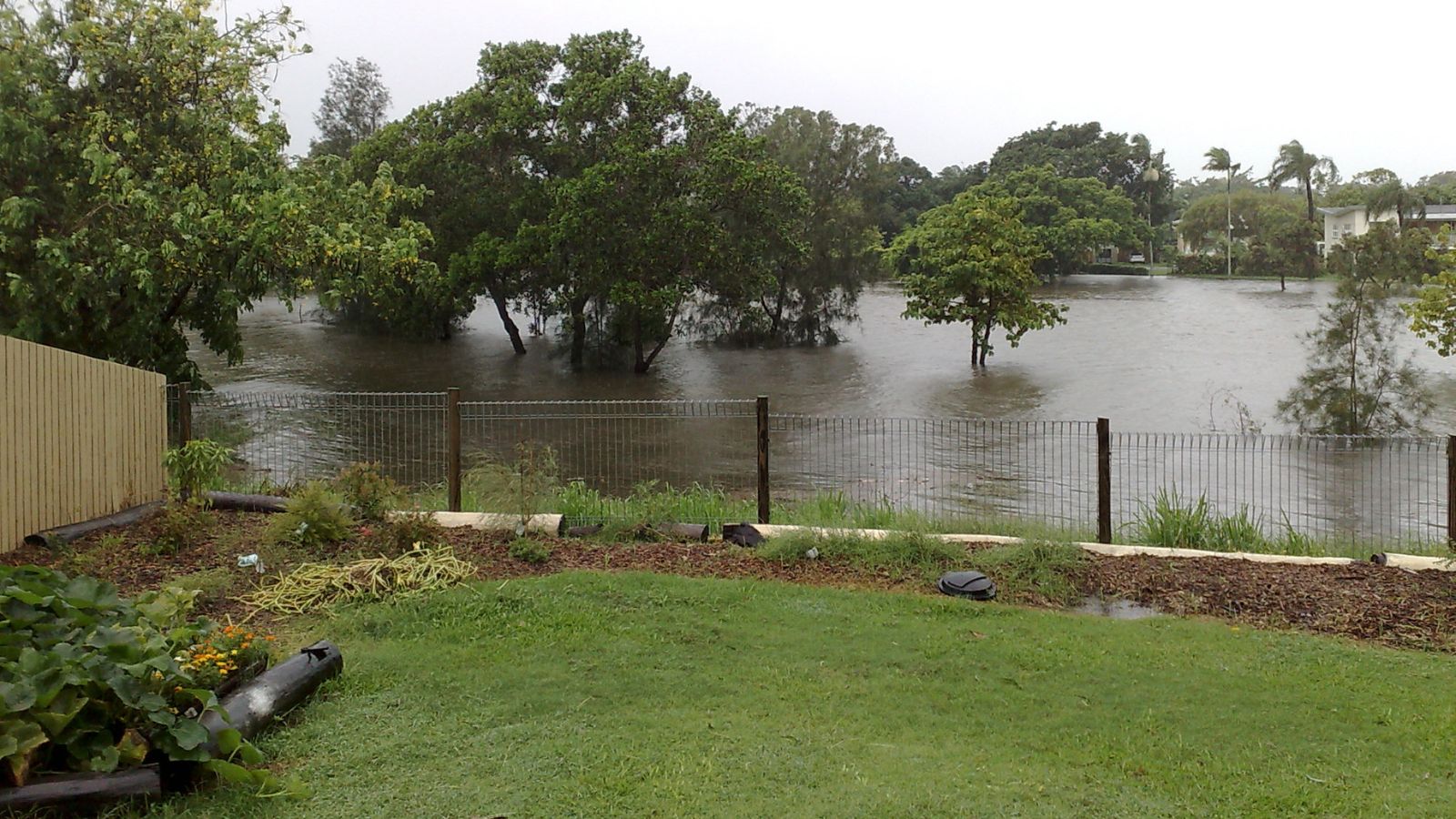As seas rise, groundwater levels in coastal areas do, too. So when a storm hits, water can inundate people’s septic systems.
Some residents in low-lying Beaufort County, South Carolina, are already facing the disgusting consequences. During heavy rain, some septic systems fail, so people are unable to flush their toilets. And contaminated floodwater pools in yards and streets.
Amanda Guthrie is a coastal climate and resilience specialist with the South Carolina Sea Grant Consortium.
Her group is working to understand how quickly groundwater levels are rising in Beaufort County and the potential risks to underground infrastructure.
The scientists have set up 10 monitoring wells across four communities.
“They’ll collect data on the water level that rises and falls along with sea level rise and that can rise and fall with precipitation,” Guthrie says. “[They’re] also collecting water temperature data as well as salinity data.”
The team is also mapping the location of septic systems to identify which are most at risk.
And they’re holding community meetings to hear residents’ experiences and concerns.
“And so moving forward we’ll be able to have a better understanding of where we stand, and so we can better project what the future is going to be,” she says.
Reporting credit: ChavoBart Digital Media
Source link


